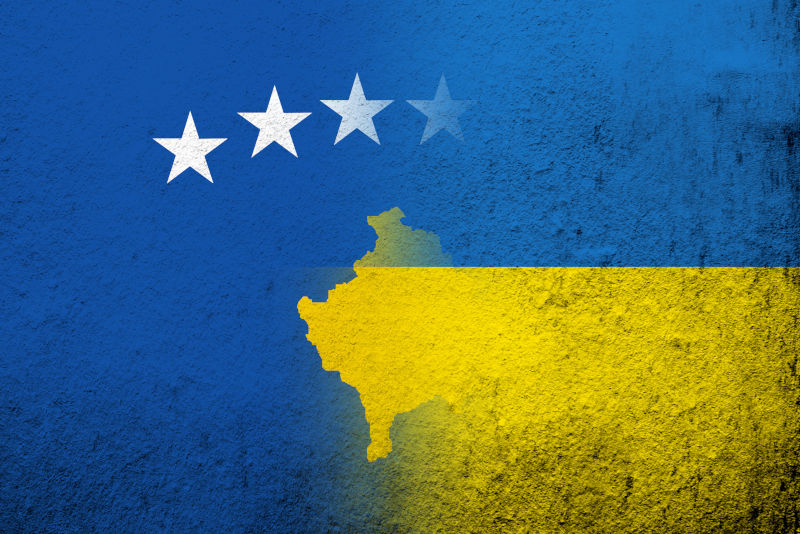Ugly situation in Kosovo has parallels with Ukraine

The ugly situation developing in Kosovo, formerly a province of Serbia, has parallels with Ukraine. The result could be just as bloody. But is anyone listening?
The legal status of Kosovo remains obscure. Originally it was an autonomous province within Serbia. But the Albanian majority in the province claimed Serb victimisation. Their militants had long waged a bitter guerrilla war against Serbian troops, in a bid to gain control.
As was to be expected, the UK and the US, which initially had denounced the Kosovo militants as a ‘terrorist organisation,’ swung in to support Kosovo once Serbia’s traditional ally, Russia, became involved in peacekeeping efforts.
After suffering a vicious six-week NATO bombing, Serbia reluctantly agreed in 1999 to a UN Security Council Resolution which promised “substantial autonomy and meaningful self-administration for Kosovo”.
But the Albanian majority in Kosovo still claimed victimisation. In 2008 they declared themselves to be independent from Serbia and set about forceful expulsion of the Serbian minority. The Serbian presence which originally totalled 30 precent of Kosovo’s population dwindled to less than five percent, crowded into Kosovo’s claimed 3,800 square km. Metohija regional border territory with Serbia.
Clashes between nationalist Albanians and Serbs along that Metohija border are frequent and bloody. With the Kosovo government in Pristina seeking full control of Metohija will the clashes escalate into a full-scale NATO-backed war?
As usual truth is hard to find in the topsy-turvy world of Balkan politics. Serbia, despite the forceful reduction of the Serb population in Kosovo, is denounced as an ethic cleanser for its former efforts to protect the Serbian minority from Albanian pressures.
And as in Ukraine, Kosovo’s right to defend ‘sovereign territory’ is claimed, despite earlier agreements limiting that sovereignty. Serbia’s efforts to retain a tiny fraction (Metohija) of its forcefully seized former sovereign territory becomes aggression.
Pristina has now moved to place Albanian mayors in three Metohija towns following elections boycotted by Serbs. Protest clashes have seen almost 100 Serbian civilians and NATO peace-keepers injured.
In response NATO has said it will send 700 more troops to the area with an additional battalion on high alert. (Australia supports the NATO position.) Serbia’s president, Aleksandar Vučić, has put his army on highest combat alert.
In the past and when pressed, president Vučić has sometimes sought compromise. But it is hard to see where compromise in this dispute can be found.
Moscow, a traditional supporter of Serbia, has accused the West of “blaming” Serbs which it said had been “driven to despair”. But it has shown little sign of wanting to be militarily involved.
Even so this dispute could easily slide into Ukraine-style escalation. If Pristina decides forcefully to expel the Serbs from Metohija, the once illegally (no UN approval) NATO bombed, long-suffering Serbian people could decide to throw their support behind the beleaguered Metohija Serbs. War, with NATO in the mix, could easily erupt.
One saving possibility is that the four (out of 31) NATO members which have refused to recognise Kosovo’s independence from Serbia, could seek to restrain a belligerent NATO.
But NATO boss Jens Stoltenberg has shown his teeth. For him this is yet another chance to humiliate and weaken Russia. This dispute will not be easily solved.